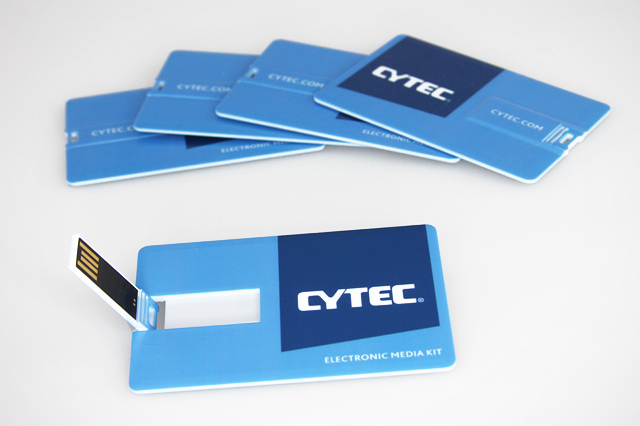What’s working in promotional products?

Every now and then, something comes along that disrupts an industry.
When the Japanese first introduced their small vehicles to America, citizens dismissed them. But not when younger consumers flocked to buy them, eventually making the manufacturers industry leaders.
When Washington’s Presidential campaign team handed out commemorative buttons in 1789, no one would have believed how the simple act would lead to an evolving promotional products industry that has transformed marketing.
Promotional products in the present
Today, promotional products still work. These tried-and-true walking promotional tools give businesses a proven advertising tool. The tangible products effectively target audiences. The useful tools deliver an astonishingly high return on investment and recall rate.
Here are just a few facts that support the results of promotional products:
- 88 percent of people who receive a promotional product can recall the brand and company.[i]
- After receiving a promotional product, 85 percent of recipients ended up doing business with the provider.
- 53 percent of recipients go on to actually use the product at least once every week.
- One out of every four people with a promo product carry the item with them, or somewhere on their body.
You know the value of promotional products.
The next question is, What’s working in promotional products?
What works?
There’s an overwhelming number of products from which to choose when your business decides to invest in a promotional campaign. What works for you will vary from what works for another business. Largely dependent on your target audience, promotional products that are working today include these categories:
- Wearables consumes the largest portion of promotional product sales at 31 percent.[ii]
- The next largest group includes writing instruments (9 percent), bags (8 percent), calendars (8 percent) and drinkware (7 percent).
- Up next is office and business accessories and computer products and accessories, including custom USBs at a combined 7 percent.
These are the items consuming more than 50 percent of the promotional products market.
What can you do with this information?
Not much—unless you know the products that work for your niche audience.
Case Studies
Here are a few case studies that portray how businesses can effectively choose a promotional product that has a lasting impact on their target audience.
- Instead of spending thousands on printing forms and manuals, a corporation decided to load USBs with the critical information employees needed. Choosing a high-quality USB with sufficient memory allowed the company to forego costly reprints and postage. Now, they manually updated the flash drives every year by sending the documents to employees via email.
- The American Marketing Association turned to a stylish USB pen as the promotional product of choice for their brand-awareness campaign. The sleek pen intrigued recipients with pre-loaded content that included PowerPoint presentations, conference speaker information, seminar handouts and more. The custom USBs contained additional storage space for the user, and then pen could also perform stylus duties for a PDA. The thoughtful, multi-purpose tool made an impact on attendees at the conference. In this instance, a promotional hat probably wouldn’t have had the same useful impact as the USB pen.
Before you invest in promotional products, get the advice of a marketing expert to help you explore to whom you will market the products in order to decide what will get the best return on investment. If you’d like help choosing a product or developing a custom USB, contact CustomUSB today!
[i] PPAI Fact Sheet 2013
[ii] PPAI Fact Sheet 2013
1 Comment
Join the discussion and tell us your opinion.
Very cool stuff. I’ve noticed significantly more calls to my practice after distributing the custom-shape drive. It’s worked very well for us. Thanks!